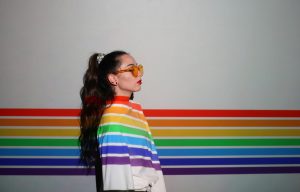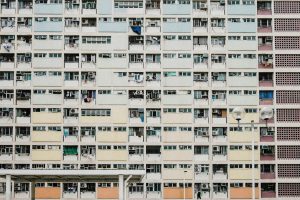Fashion’s Ageism Problem: Why Over-50 Models Are Still Rare
When it comes to the world of high fashion, it’s no secret that youth is highly prized. From the runways of Paris to the pages of glossy magazines, the overwhelming majority of models are young, thin, and beautiful. But what about older models? While we’ve seen slow progress in terms of diversity and body positivity in the industry, the inclusion of models over the age of 50 still seems to be a rarity. So why is it that fashion has such a problem with ageism? And why are over-50 models still so rare?
The Prevalence of Youth and Beauty in Fashion
In a world that is constantly changing and evolving, one thing seems to remain constant: fashion’s obsession with youth and beauty. We are bombarded with images of young, flawless models in the media, perpetuating the idea that youthfulness and physical perfection are the ultimate standard of beauty. This narrow definition of beauty has been equated with success and desirability in the fashion industry, leading to a lack of diversity and representation.
This idea is further reinforced by the fact that most designers create clothing for younger bodies, as they believe it is more appealing to their target audience. The result is a fashion industry that is heavily focused on catering to the needs and desires of younger generations.
The Ageism Problem in Fashion
This narrow definition of beauty has resulted in a significant lack of representation for older models in the fashion industry. In fact, a study by the Fashion Spot found that in the Spring 2019 fashion shows, models over the age of 50 accounted for only 0.3% of all runway appearances. This is in stark contrast to the 16-year-old average age of models walking the runway.
The effects of this ageism are far-reaching, not only in terms of representation but also in the impact it has on society’s perception of aging. By constantly promoting youth and beauty as the ultimate standard, the fashion industry perpetuates the idea that aging is something to be feared and avoided. This not only affects the self-esteem of older individuals but also contributes to age discrimination in other aspects of society.
The Importance of Inclusivity in Fashion
Thankfully, there has been some progress in recent years in terms of inclusivity in the fashion industry. Brands like Christian Siriano and Eckhaus Latta have featured models of all ages in their runway shows, and designers like Tom Ford and Marc Jacobs have included older models in their ad campaigns. These efforts are a step in the right direction, but there is still a long way to go.
Inclusivity is not just about including people of different ages, sizes, and races in fashion. It’s about promoting diversity and challenging society’s narrow definition of beauty. By showcasing a variety of ages and body types, the fashion industry can play a crucial role in normalizing and celebrating aging.
Challenging Ageism in Fashion
As consumers, we have the power to challenge the ageism that is prevalent in the fashion industry. We can support brands and designers that promote diversity and inclusivity, and we can demand more representation of different ages and body types on the runway and in ad campaigns.
Furthermore, we can also change our own mindset when it comes to aging. By embracing our own beauty at any age, we can challenge the narrow standards of beauty perpetuated by the fashion industry. After all, beauty is not defined by age, and it’s time for the fashion industry to catch up.
The Future of Aging in Fashion
While progress may be slow, there are signs that the fashion industry is starting to recognize and address its ageism problem. With more and more designers and brands featuring older models, we can hope for a future where age is no longer a barrier in the fashion industry.
It’s time for the fashion industry to recognize that beauty comes in all ages, and it’s time to normalize that on the runways and in ad campaigns. By celebrating and embracing diversity and inclusivity, the fashion industry has the power to influence and change societal norms and ultimately, challenge the ageism that is so prevalent in our culture.
In Conclusion
The underrepresentation of over-50 models in the fashion industry is just one facet of the larger issue of ageism in our society. With more and more people living longer and embracing their natural aging process, it’s crucial for the fashion industry to catch up and promote diversity and inclusivity in all ages. By challenging our narrow definition of beauty, we can pave the way for a more inclusive and accepting fashion industry, and ultimately, a more inclusive and accepting society.









